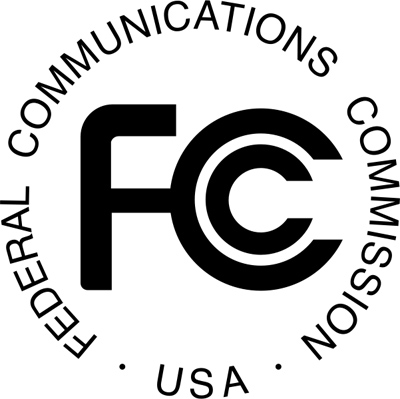
The Federal Communications Commission is due to deliver its National Broadband Plan to Congress March 17, including details of proposals for how the FCC feels broadband Internet access can be used to spur job creation, improve healthcare, help the U.S. move towards energy independence, and improve public safety. Now, the Commission has released a 56-page preliminary report (PDF) that covers some of these issues…and hints at some of what the FCC might put before Congress.
First on the list, given the current economic climate, is job creation and creating economic opportunity. The FCC sees a national broadband infrastructure as a powerful way to delivery job training and placement services using a “scalable online platform, with public-private partnerships providing technical information and other training to small and disadvantaged businesses so they aren’t left out of the digital revolution. In the area of health case, the FCC wants to use broadband technology to enable easier sharing of health records and information, as well as real-time tasks like monitoring patients’ vital signs: the FCC believes that by removing burdensome regulations and barriers, broadband technology could help save as much as $700 billion over th next 15 to 25 years. Of course, broader availability of medical records also has substantial privacy implications.
The FCC also envisions a nationwide wireless network for law enforcement and first responders so “officers and first responders from many jurisdictions can work together as one smart, fluid team.” The preliminary report also recommends improving broadband access for primary and secondary schools to improve online learning opportunities and communication. Finally, the FCC sees a national broadband network as an energy saver: if integrated into a smart grid, the network could help reduce energy consumption and production of greenhouse gasses; and, of course, if consumers had access to power utilization information from a smart grid, they could make smarter conservation decisions on their own.
The FCC’s deadline for the National Broadband Plan is March 17.
Editors' Recommendations
- Broadband internet just got redefined — again
- SpaceX claims 5G plan could ‘render Starlink unusable for most Americans’
- Internet guerrillas: Inside the DIY broadband revolution with NYC Mesh
- An old TV crashed an entire village’s broadband for 18 months
- Survey shows teens without broadband internet less confident about their future


